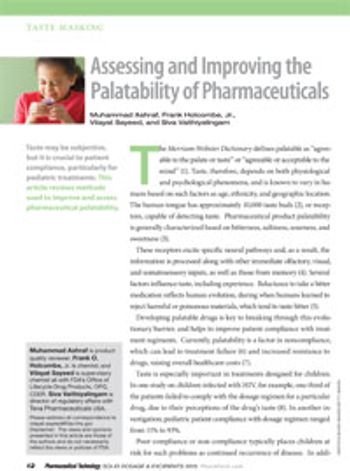
Taste may be subjective, but it is crucial to patient compliance, particularly for pediatric treatments.

Taste may be subjective, but it is crucial to patient compliance, particularly for pediatric treatments.
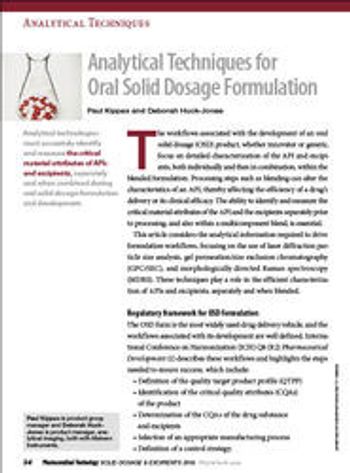
Analytical technologies must accurately identify and measure the critical material attributes of APIs and excipients.
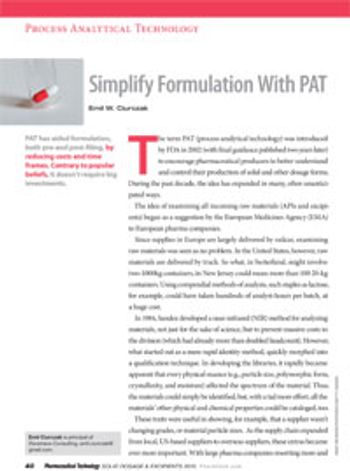
PAT has aided formulation, both pre-and post-filing, by reducing costs and time frames.

Ionic liquid technologies offer a new way to improve bioavailability.
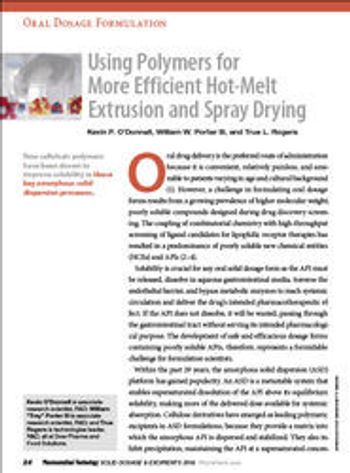
New cellulosic polymers have been shown to improve solubility in these key amorphous solid dispersion processes.

While the skin offers an alternative route of administration for local and systemic drug delivery, developing semi-solid dosage forms can be a challenge.
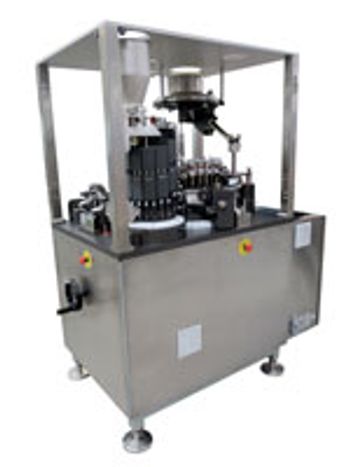
MG America's TEKNA Capsule Filler has advanced controls to reduce powder loss and maintain optimal performance.
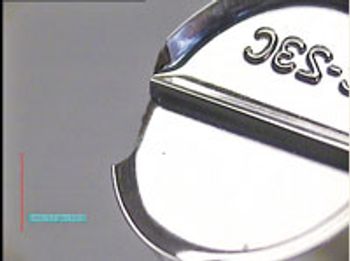
Tooling can be damaged by poor handling or problems in process design or material choice.


FDA funded projects at Rutgers' C-SOPS and at UMass Lowell to develop flow-sheet model algorithms for use in risk assessment, and start-up company Continuus Pharmaceuticals is making progress on their integrated system.

The final article of this series will look at the last two steps of the PharmaCare seven-step process?Lubricate and Store.

Solving the problem of tablet spots or specks involves prevention and thorough investigation.

Dr. Thomas Hein, Director Business Development and Regulatory Affairs at Hermes Pharma, discusses the difference between user-friendly dosage forms and conventional tablets and capsules.

A good cleaning regime goes hand in hand with a good polishing regime, which forms Step 5 of the process and is arguably the next most critical step. It is cleaning and polishing that deliver most noticeable benefit into production, reducing tablet press down time and helping to increase productivity.

Aurobindo Pharma USA issued a voluntary nationwide recall of Northstar Label Gabapentin Capsules, USP 300 mg, due to complaints of empty capsules.

Over the last three weeks, we have been looking at each step and the benefit of adopting the process. This week, we look at Step 4, Measure.

Although the source of spots and specks on tablets is sometimes difficult to identify, following good maintenance and manufacturing practices can help solve or even prevent the problem.

Carrying on from our weekly column to help you eliminate a number of tablet manufacturing problems and tablet tooling failures with a simple seven-step tool-care process, we look at the third step, Repair.

As the second part of this series, we look at the importance of ?assessing? the punches and dies to check their condition and how this step may help avoid any problems that may occur during tablet manufacture.

Capsugel gives lead users access to intrinsically enteric capsule technology and support services.

A G-CON, GEA, and Pfizer collaboration developed a PCMM (portable, continuous, miniature, and modular) system to produce oral solid-dosage drugs.
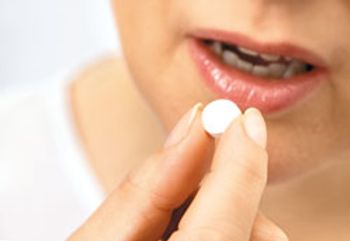
This review highlights relevant physicochemical drug properties and formulation design considerations critical to quality and performance of the sublingual tablets.

Many factors can contribute to tablet manufacturing problems. Tablet tooling failures are generally the result of one, or a combination of issues.

Contract Packaging Resources issued a voluntary recall of naproxen sodium tablets because some cartons contain bottles of ibuprofen.
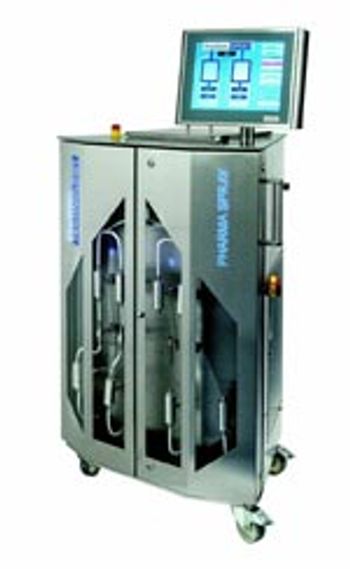
PharmaSpray delivers a consistent, validatable amount of dry lubricant.